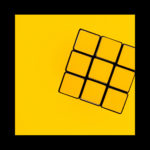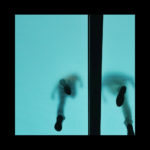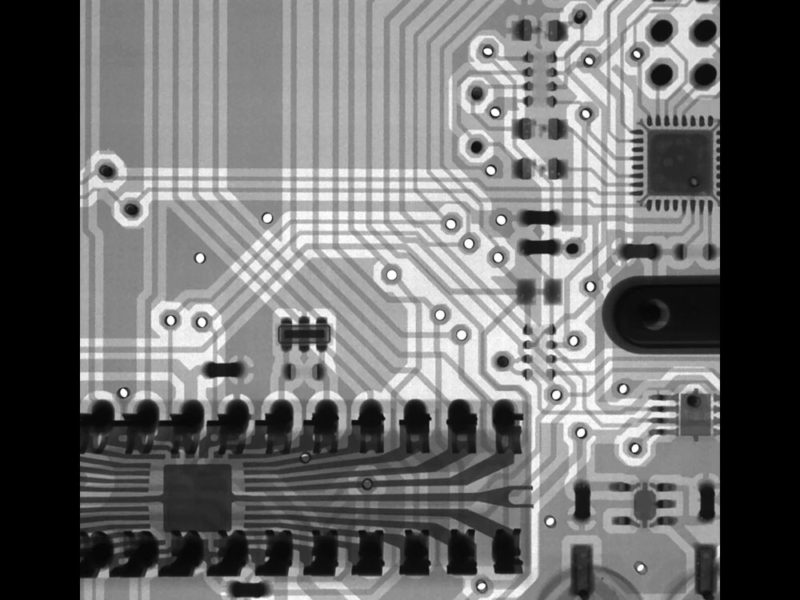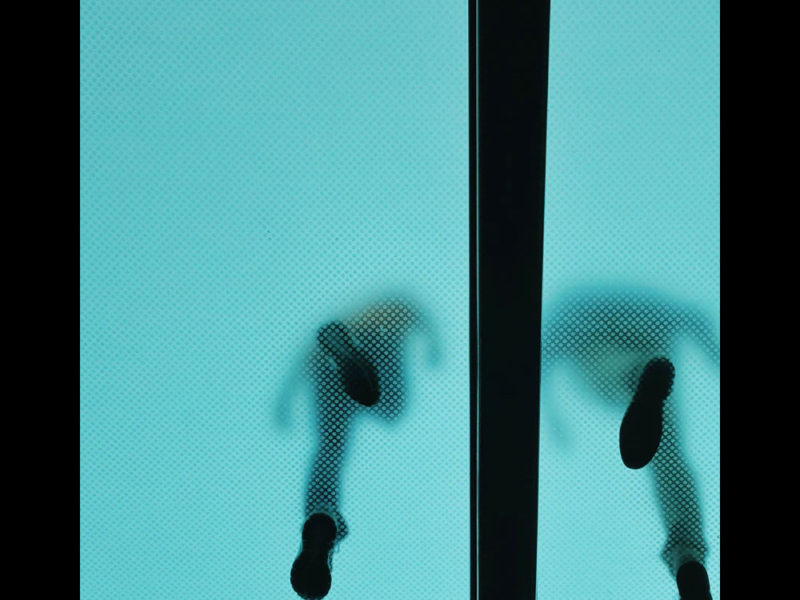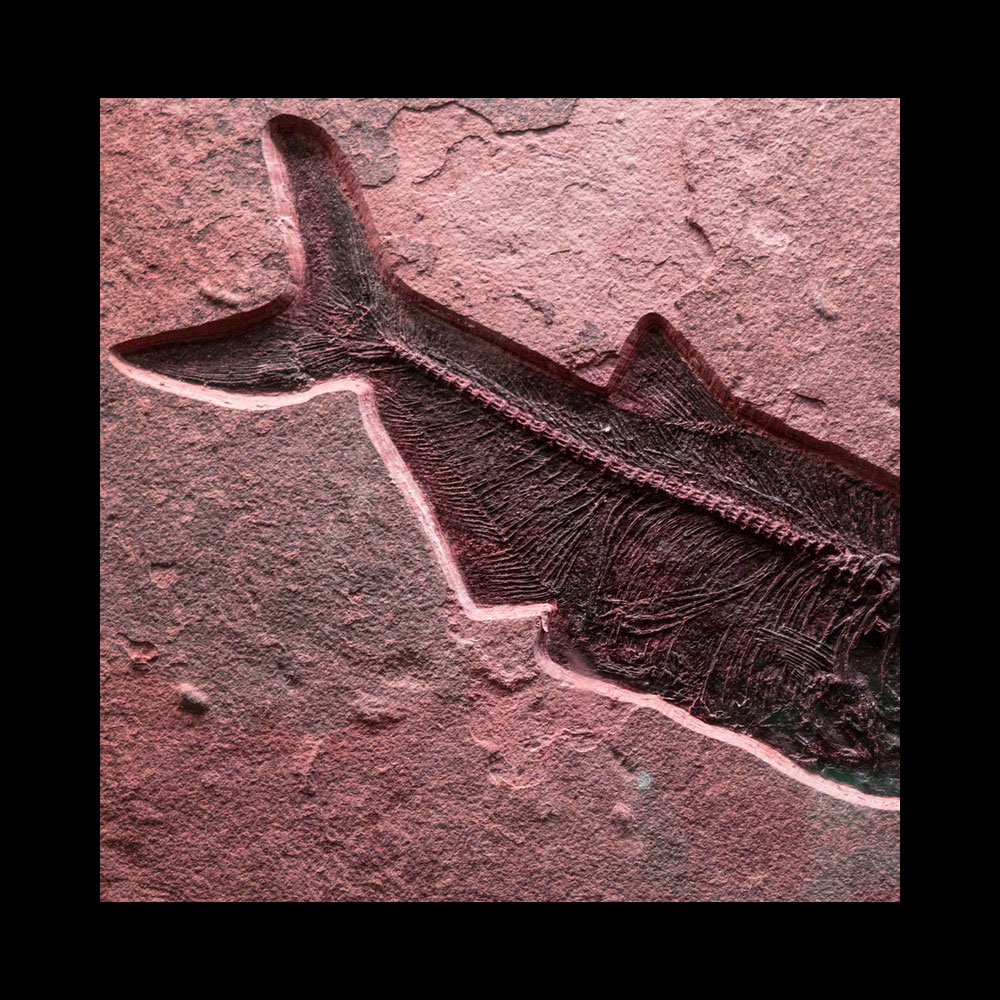
The Temporary and the Permanent
The permanent and the temporary are concepts that have an existing impact on our work in design and architecture, philosophically, they can be associated with morality, but to see how our understanding of them generates good practice, we must first understand how this relation to morality has been established;
The permanent is stable, strong, hard, and solid.
It has defined boundaries and it carries with it a sense of stability. Creating the permanent requires commitment, clear statements, solid promises, and declared intentions and generates responsibility and accountability.
This, in turn, may generate fear, hesitation, and doubt. (think marriage, starting a company, moving houses, construction, or even smaller decisions like getting a tattoo!) The permanent is established in space yet irrelevant to time. It has to have some form of physical manifestation to gain its permanence and this allows us as physical beings to acknowledge its existence.
The temporary on the other hand is malleable, liquid, soft, and illusive.
It escapes definition and refuses boundaries. Creating the temporary requires speed, lightness, and swiftness, and relieves commitment, and accountability.
This in turn, generates casual ties and loose connections that encourage acting fast, spontaneity, and the willingness to change (think short-term relationships, freelancing, booking a hotel room, temporary shelter, getting a haircut)
The temporary is established in time yet irrelevant to space. It does not need a solid form of physical manifestation but its temporality allows forgetfulness.
We can see that most of the permanent constructs and concepts that we know have a sense of moral superiority and are linked to concepts of virtue, development, truth, sacredness, timelessness, establishment. Whereas the temporary constructs and concepts are perceived with a sense of moral inferiority and are linked to concepts of loss, forgetfulness, placelessness, falsity.
As architects, we are often faced with the dilemma of the permanent and the temporary.
Our work is situated in the temporary until it is built and gains its physical permanence.
Design as a field is in the temporary, the changeable, whereas construction is in the permanent, the sacred.
Technology is shifting life in all its aspects towards the temporary and away from the permanent. Things are rapidly changing, trends shifting, and objects being replaced. And while architecture is being strongly affected by these forces of technology, it is still confined to the permanence of the physical building.
Architects are expected to deliver fast, adapt to change, and design for replacement yet produce buildings that will endure the test of time.
The dilemma is that in order to design, we need to lose our sense of preciousness and permanence in order to have the flexibility to change and develop. We have to break concepts, and escape definitions. We have to blur boundaries and float within the fluid, the liquid. We do this to produce other boundaries (walls), limits (frames and plots), shapes (forms and masses), and solidify experiences (function and use) …etc. If we think of our endeavors as permanent we may fall into fear of commitment and refrain from innovating. And if we think in the temporary we may fall into irresponsibility and unaccountability. So what do we do?
We reconcile the opposition between permanent and temporary. Instead of considering them as opposite forces that tear us and the project apart, we think of them as overlapping dimensions. Where the permanent lies within the temporary and the temporary within the permanent.
Every design endeavor or experiment that we do as temporary; drawings, ideas, discussions, proposals, etc, has a permanent effect on all the things it touches including us. Its traces remain in the project and they transfer to others through the accumulated knowledge and experience we gain. These temporary acts and productions are the foundations upon which the permanent is built and they are embedded into the realized physical objects. At the same time, we remove the sacredness from the permanent by recognizing how temporary it really is.
Any change is possible and any building is changeable. All mistakes can be fixed and all good things come to an end.
So, we approach every project as a series of temporary activities that lead to a permanent production, that it, in itself, is temporary within the bigger cycle of development and knowledge. In this method, we are able to capture the best of both. The freedom and innovation of the temporary, and the goodness and security of the permanent. We embrace change as the only constant with innovation as our guiding compass.

